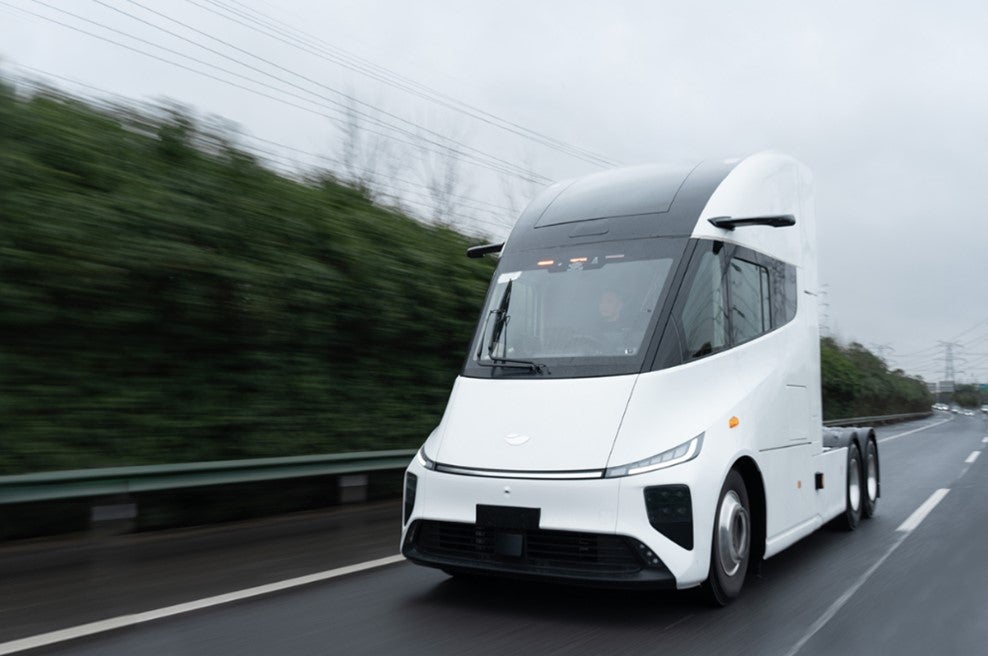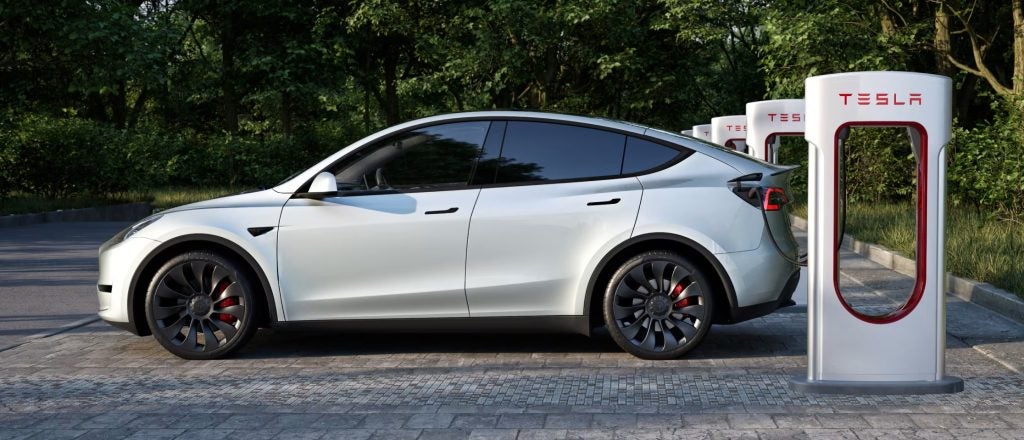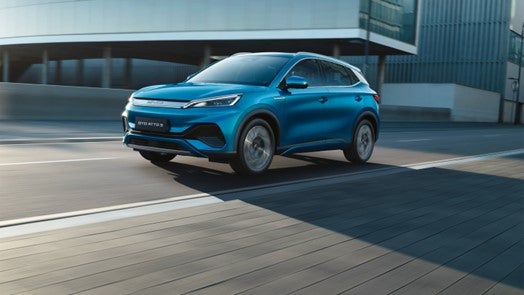An investment of about GBP300m and recruiting 700 extra workers has breathed new life into Renault’s Revoz factory in Novo Mesto.
It began life in the 1950s, building cars under an agreement with BMC. Then, in 1973, it built its first Renault, the 4. Since then, it has produced more than 2.3 million Renaults including the 12, 16, 18, 5, Clio and Clio II.
About 90 per cent of its output is sold within the EU with a small portion heading north to Russia or closer to home in Croatia.
It has been totally owned by Renault for the past 10 years, so this is not the case of a new start-up facility in central Europe taking jobs and production away from the West.
“We are ideally placed really,” said plant manager Marcel Brouiller. Slovenia has borders with four European countries and is only a short hop from key markets like Italy and Germany.
Novo Mesto can feed off Renault’s Dacia plant in Romania and the long-established factory in Bursa, Turkey.
How well do you really know your competitors?
Access the most comprehensive Company Profiles on the market, powered by GlobalData. Save hours of research. Gain competitive edge.

Thank you!
Your download email will arrive shortly
Not ready to buy yet? Download a free sample
We are confident about the unique quality of our Company Profiles. However, we want you to make the most beneficial decision for your business, so we offer a free sample that you can download by submitting the below form
By GlobalDataIt is also well placed to take advantage of the increasing number of suppliers locating close to the burgeoning car production facilities in Slovakia to the north. This has helped cut the average supply chain journey from 1,200 kms for Clio II to 650 kms for Twingo.
Novo Mesto has its own press facility, bodyshop and paint shop. The main components shipped in are engines, dashboards, seats and front and rear axle assemblies.
The plant now employs 3,000 working in three shifts, 24-hours a day and has balanced the cost of automation against the lower cost of the workforce in Slovenia. “We have been careful to balance labour costs, efficiency and automation. I’m not saying we have the correct balance, but we have the right balance for the moment,” said Brouiller.
It makes a pleasant change to walk around a car plant and see people rather than robots. Key operations like the laser-welding of the roof and fitting of glass are, of course, full automated. But the inside of the Twingo and Clio II – the bits you hope you will never have to see – are still painted by hand.







